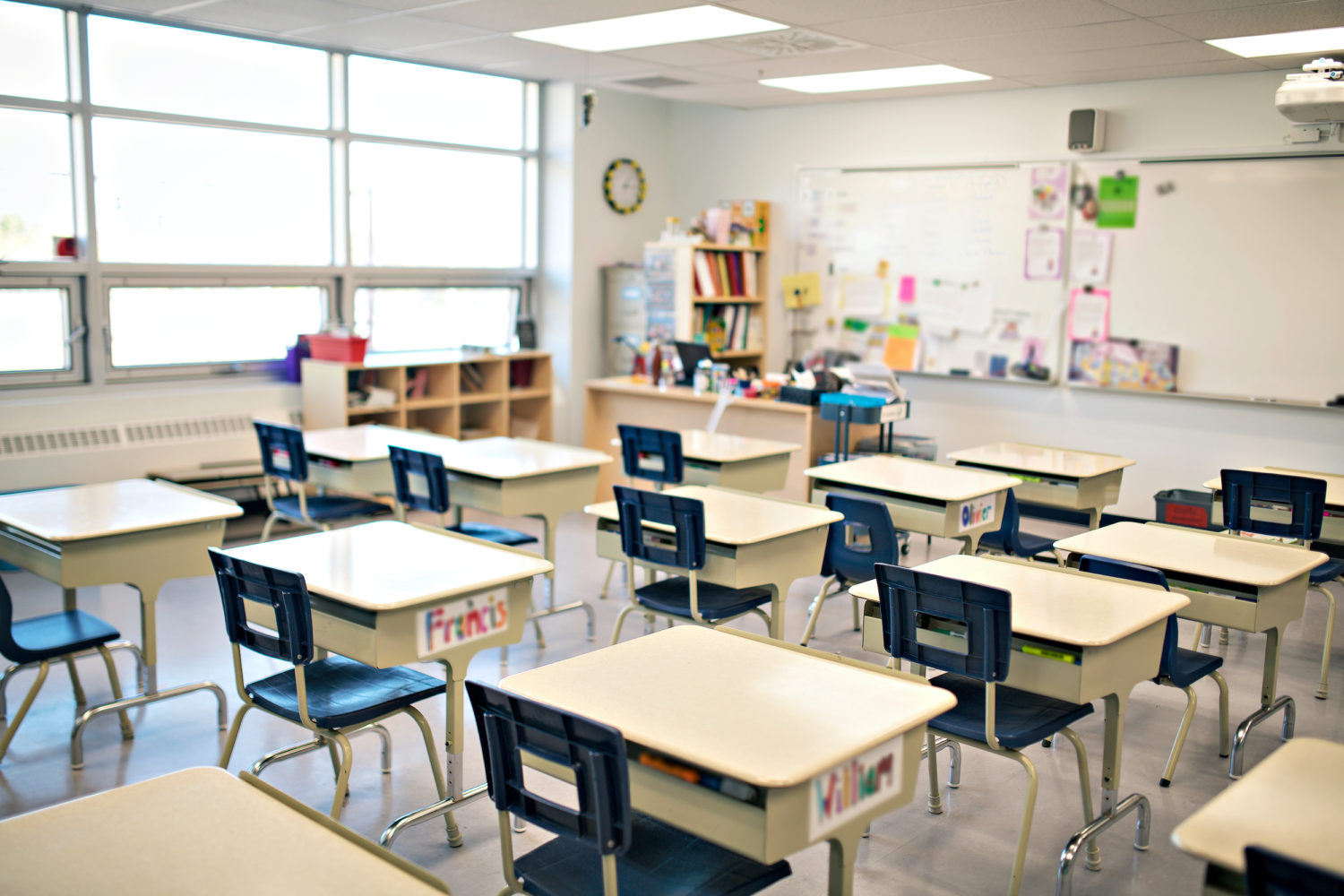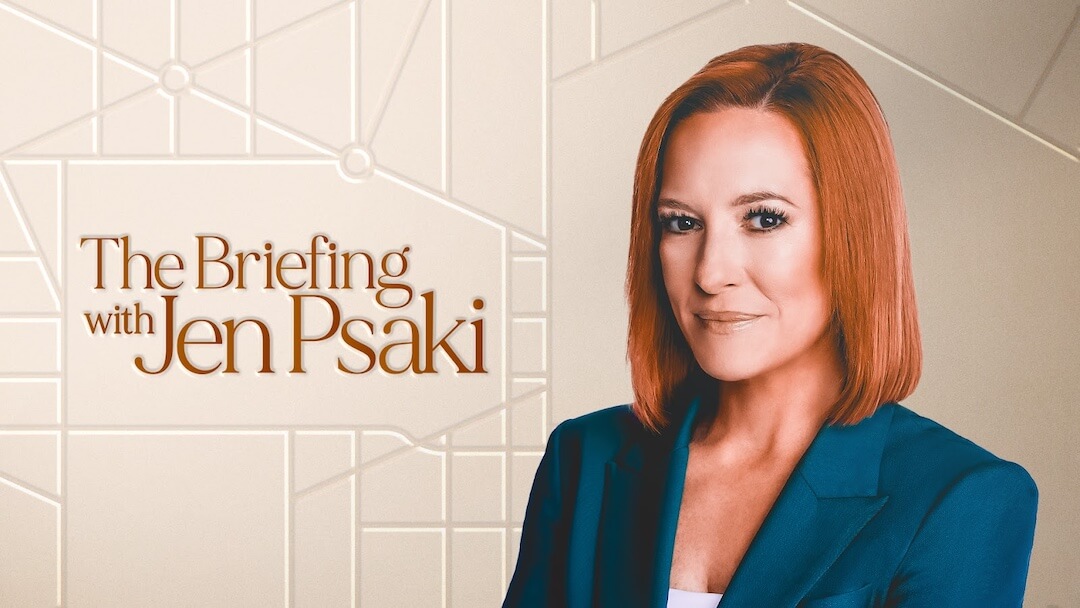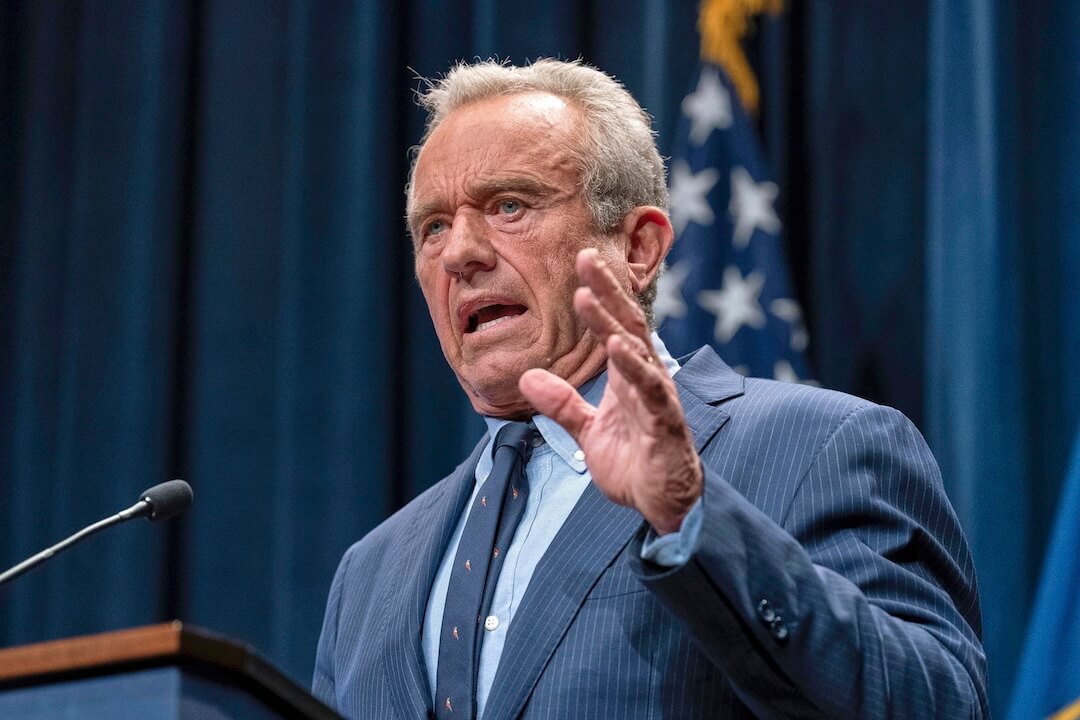Editor’s note: This article has been revised as of June 19, 2020, to remove three of the first four paragraphs, which identified several education journalists who were not interviewed by the author.
Education journalism is losing the talented journalists from diverse racial backgrounds that it desperately needs. With these losses, education journalism loses the chance to change the stories it tells and the ways it tells them.
Now in its fifth year, The Grade’s 2020 newsroom diversity roundup includes some bright spots. Education journalism is somewhat more racially diverse than journalism overall. A few hires and promotions are cause for celebration. The racial diversity numbers are improving here and there.
But bright spots and incremental progress aren’t really good enough anymore — if they ever were.
The George Floyd police violence protests have reminded us about the systemic racism that pervades all our institutions, including education and journalism. This spring’s remote learning fiasco has been a stark reminder of just how insufficiently many schools serve Black, Latinx, Asian American, and Native American students.
The kids and communities that are the focus of education journalism are among the most diverse in the nation. And, as this year’s results show, few education teams or outlets come anywhere near matching the racial diversity of K-12 students or the communities they’re covering.
Meanwhile, transparency around newsroom demographics remains weak. Major national outlets like The New York Times, The Washington Post and NPR declined to provide information about the diversity of their education teams. Education teams within NPR affiliates like WBUR Boston public radio also chose not to provide demographic information. And even education-dedicated outlets such as The 74 and EdSource declined to participate.
In 2020, progress toward racial inclusivity and representation in education journalism has been incremental, the beat is overwhelmingly White — and the field remains stubbornly resistant to taking the first steps toward addressing the issue.
Background
Five years ago, in 2016, The Grade began its annual report on newsroom diversity in education journalism, inspired by the controversy over that year’s Oscars and the hashtag #journalismsowhite.
The first year’s results revealed a notable lack of diversity. Editorial Projects in Education (aka Education Week) reported that just 25% of its journalists were people of color, and NPR’s education team said that just 20% of its journalists were people of color.
Later that year, the Education Writers Association produced a national survey showing that 78% of education journalists in the nation were White — a result that the organization initially celebrated.
Two years later, EWA took a much stronger stance toward improving racial diversity in education journalism, making the topic the focus of its national education conference in Los Angeles.
However, progress has not come quickly or easily, even as the necessity becomes increasingly clear.
Newsroom diversity in education journalism 2020
As reported by the outlets themselves, the table below represents the current percentage of full-time permanent education journalists who identify as Black, Latinx, Asian American, Native American or something other than White.
| 2016 | 2017 | 2018 | 2019 | 2020 | |
| EPE (aka EdWeek) | 27 | 24 | 25 | 28 | 31.5 |
| KPCC Los Angeles | 60 | 60 | 60 | 80 | 83 |
| Los Angeles Times | n/a | n/a | 33 | 75 | 83 |
| WNYC | n/a | 66 | 66 | 0 | 0 |
| NPR | 20 | 20 | 30 | n/a | n/a |
| Chalkbeat | n/a | 30 | 36 | 34 | 42 |
| Hechinger | n/a | 10 | 21 | 33 | 33 |
| WBEZ Chicago | n/a | 0 | 20 | 40 | 40 |
| EWA | n/a | 41 | 23 | 28 | 26.6 |
| The 74 | n/a | 16 | 16 | n/a | n/a |
| USA Today | n/a | n/a | n/a | 33 | 33 |
| Boston Globe | n/a | n/a | n/a | n/a | 43 |
*See below for further explanation and caveats.
The outlets that didn’t participate in this year’s update include WBUR, EdSource, The 74, NPR, The Washington Post, and The New York Times.
The Wall Street Journal, which until this week had not had a dedicated education editor and had not previously been queried by The Grade, reports that 50% of its six-person education team is Black.
Bright spots
As you can see, there is some good news in this year’s results.
EdWeek’s racial diversity keeps inching up, as do Chalkbeat’s and the Hechinger Report’s. And the two main Los Angeles-area education teams — KPCC and the Los Angeles Times — have particularly diverse education teams.
The Los Angeles-based NPR affiliate KPCC has featured a racially diverse education team going back several years and is now headed by editor Tony Marcano, who identifies as African American and Puerto Rican. The Los Angeles Times’ team has gotten substantially more diverse in recent years, and is now headed by a Latinx editor, Stephanie Chavez. In 2018, just 33% of its team was Black, Latinx, Asian American, or Native American. In 2020, the team is predominantly comprised of journalists of color.
The number of education editors of color keeps increasing, including the recent addition of Chastity Pratt at The Wall Street Journal. Pratt joins the Los Angeles Times’ Chavez, KPCC Los Angeles’ Marcano, the Philadelphia Inquirer’s Yvette Ousley, and a few others.
Other positive tidbits: The Boston Globe is now participating in the roundup, and the education team includes three journalists of color out of seven. They join a handful of other outlets including Chalkbeat and WBEZ Chicago with 40% or more journalists of color covering education.
And, though not captured in this data, journalists of color like The New York Times’ Erica Green, The Atlantic’s Adam Harris, and The Washington Post’s Moriah Balingit are some of the most prominent education writers in the nation.
Areas of concern
For several years now, more than half of all K-12 students in America have been Black, Latinx, Asian American or Native American. In many of the nation’s largest school systems, the percentages of students of color are much higher.
And yet, few education teams or outlets come anywhere near matching the racial diversity of the communities they’re covering.
Education teams and outlets including USA Today, Hechinger, and EdWeek still report just a third or fewer education journalists of color. None of the three journalists on Chalkbeat’s national desk is a journalist of color. And I know of only two national K-12 education reporters who are Black, Latinx, Asian American or Native American.
The Washington Post and The New York Times have consistently declined to provide demographic data about their education teams, though they publish publication-wide data. Some outlets that have provided demographic data in the past are dropping out, and others decline to respond. NPR and The 74 have failed to participate for two consecutive years. EdSource and WBUR also did not respond to repeated inquiries.
The absence of the NPR education team from this survey is particularly notable, given the station’s national prominence and its own statements that “having a diverse newsroom is crucial if NPR wants to tell stories that matter to an increasingly diverse country.”
Looking ahead
It’s possible that this year will mark a turning point for education journalism, resulting in dramatic increases in the hiring and retention of journalists of color.
In 2016, Chalkbeat cofounder Elizabeth Green affirmed the organization’s commitment to newsroom diversity but declined to provide any hard numbers.
This year, the network reports that 42% of its journalists are people of color and Green issued a statement that newsroom diversity would be part of its new antiracism priority.
“The work begins at home,” Green wrote in the June 4 statement, Black lives matter: Why Chalkbeat is committing to antiracism. “We now have a newsroom that is more representative of the communities we serve, but not representative enough,” she wrote, committing to both hiring more people of color and working hard to retain them.
Commitments like Green’s — plus action to back them up — are what’s required for education journalism to lead the way in newsroom diversity.
Previous coverage
Additional reporting by Leo Schwartz
Alexander Russo is a longtime education writer and founder of The Grade, an independent media project to improve education journalism. He can be reached at @alexanderrusso.
*This chart depicts the percentage of permanent editorial staff on education teams and at education outlets who identify as nonwhite, from 2016 to 2020. However, be aware that the data are self-reported by each outlet or team. The size of the education teams varies widely. Given the small size of most education outlets and teams, the results can be dramatically affected by the arrival or departure of a journalist or two. The current education team at WNYC includes just one full-time journalist, supported by a part-time editor and three Gothamist reporters whose duties include education coverage. In some cases, such as the Los Angeles Times, KPCC and USA Today, the reported totals include a higher education reporter.






